Thanks to Brendorkus for all the XML help

This is probably my best aircraft yet. Featuring bombs, rockets, custom air-to-air missiles, and a set of countermeasures (a rarity on Soviet airplanes from the ’60s).

Features
- Two custom Bisnovat R-3S (AA-2 “Atoll-A”) air-to-air missiles
- Custom landing gear
- Retractable rockets and rocket pods
- Flares
Pilot’s Notes
- AG-1 - 57mm S-5K rocket pods
- AG-2 - 240mm S-24 rockets
ATTENTION! Make sure that AG-1 is deactivated
before you start firing the rockets! - AG-6 - Braking chute
- AG-7 - Communication lights
- VTOL - Flaps
History
By the late 1950s, the ever improving capability of enemy ground-based anti-aircraft missile defense systems, and the air-to-air missile-equipped supersonic high-altitude interceptors that would go alongside them, had greatly reduced the chances that bombers and strike aircraft flying at middle and high altitudes could safely break through to their targets. In consequence, the world’s leading aviation powers began to develop bombers and cruise missiles carrier aircraft that were capable of reaching their targets when flying at transonic speeds and at low or even extremely low altitudes. The capability to do this would significantly reduce the chances of a successful interception by the enemy’s defenses and also improve the survivability of the strike aircraft themselves.
As a result, the United Kingdom began its TSR-2 strike aircraft program while, in the USSR, Pavel Sukhoi’s design bureau began its studies into what was to become the T-6 (Su-24 “Fencer” prototype). In 1958 the Tupolev design bureau began work on the Tu-132, or ‘Aircraft 132’, low-altitude transonic bomber. On 31st July of that year, the USSR Council of Ministers issued a Decree which ordered Tupolev OKB, as the leading organization, to develop in co-operation with TsAGI, TsIAM, and the NII-17 and NII-2 Scientific Research Institutes, a preliminary project for a long-range coming system capable of undertaking missions at low altitudes between 656 ft and 1,640 ft (200 m to 500 m) and, when flying at these altitudes, to have a maximum range of 2,797 and 3,108 miles (4,500 km to 5,000 km).
This work lasted for two years and was carried out under the leadership of S. M. Yeager. The ‘132’s preliminary project was ready by the beginning of 1960 and the resulting aerodynamic layout was close to that used in the initial projects prepared for Tupolev’s ‘Aircraft 105’ supersonic bomber powered by two Dobrynin VD-5F engines. However, because ‘Aircraft 132’s main cruise condition was to be transonic flight at low altitudes, its structure was designed to withstand the long-term effects of high-dynamic air pressures, intensive short-term vertical loads and long-term vibration loads, all of these being features that came with prolonged flight at low altitude and which had to be taken into account.
‘Aircraft 132’ had a clean area-ruled airframe with a cranked low aspect ratio swept wing, the inner portion being swept back at 45º and the outer 35º. The front fuselage housed a radar and a pressurized cabin for the two crew and the main landing gears nacelles were attached to the wing. the aircraft’s power plant was to be two reheated by-pass jet engines (it appears that a specific engine was never actually chosen) while its flight control and navigation systems were intended to allow low-level flight when the machine was in either an automated or manual semi-automated mode.
The following version of ‘Aircraft 132’ were considered:
- A bomber to deliver general purpose and nuclear bombs
- A cruise missile carrier
- Tactical strike aircraft
- Reconnaissance aircraft
- Anti-submarine aircraft
All of the offensive stores were to be carried in a weapons bay which, depending upon the version concerned, could house
- A cruise missile
- General purpose or nuclear bombs
- Rocket projectiles in retractable launchers
- A container with photo and electronic reconnaissance equipment
- Anti-submarine buoys
- Torpedos
- Depth charges
- Chaff/decoy flare dispensers
‘Aircraft 132’ was not provided with any defensive cannon because it was thought that flight at low-level and high speed, combined with a low degree of radar reflection from its relatively small size plus the use of radiation absorption materials and a radar jamming system, would give the aircraft a sufficient degree of protection.
The new technology required for this type of aircraft included the preliminary development of special radars by the Soviet Union’s radio-electric industry for low-level and extra-low-level flight. In addition, in co-operation with the Air Force, research was undertaken into the various possible applications of the airplane which, since it was such a new concept, would break a lot of new ground. However, the work required to bring the ‘Aircraft 132’ system to fruition, particularly in the area of low-level flight, considerably passed the then current capabilities of the USSR’s electronic industry and so the project did not move beyond the stage of preliminary development. However, many important lessons were learned from this research and these were used to good effect in the design of combat aircraft that followed.
- Sources: Aviadejavu.ru, Tony Buttler & Yefim Gordon, Soviet Secret Projects Bombers Since 1945 (Midland Publishing, 2004), pp. #108-109.
Gallery
’Aircraft 132’ model

3-view drawing

Enjoy your flight!
Specifications
Spotlights
- Trainzo 6.2 years ago
- Mustang51 6.1 years ago
- Typhoon03 6.2 years ago
- Armyguy1534 6.2 years ago
General Characteristics
- Successors 1 airplane(s) +21 bonus
- Created On iOS
- Wingspan 63.2ft (19.3m)
- Length 79.3ft (24.2m)
- Height 19.4ft (5.9m)
- Empty Weight N/A
- Loaded Weight 51,523lbs (23,370kg)
Performance
- Power/Weight Ratio 1.352
- Wing Loading 75.0lbs/ft2 (366.1kg/m2)
- Wing Area 687.1ft2 (63.8m2)
- Drag Points 7567
Parts
- Number of Parts 297
- Control Surfaces 9
- Performance Cost 1,521

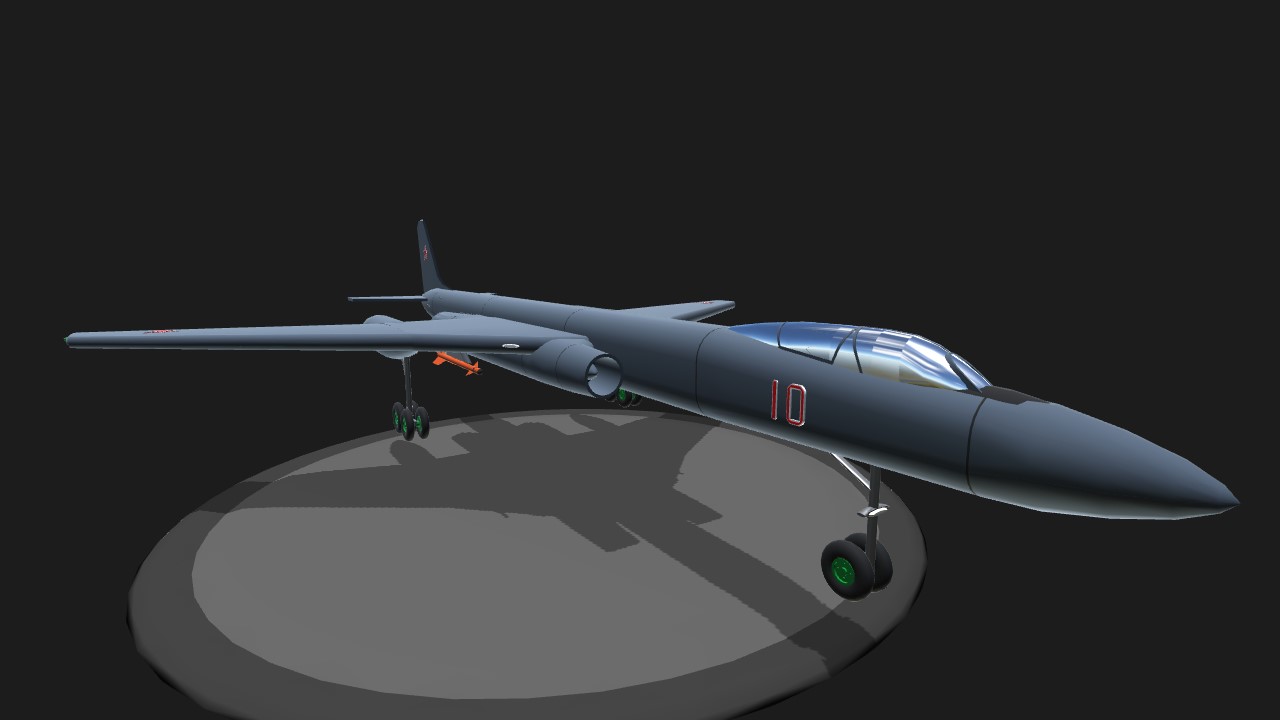
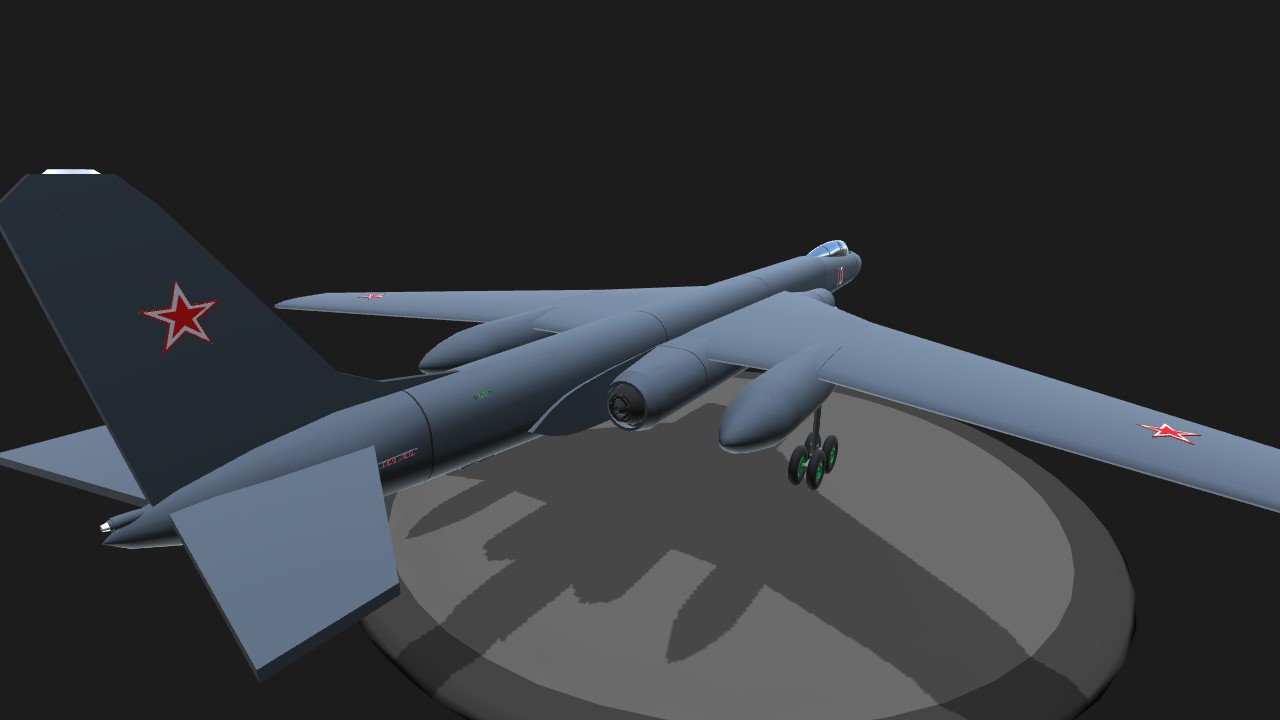
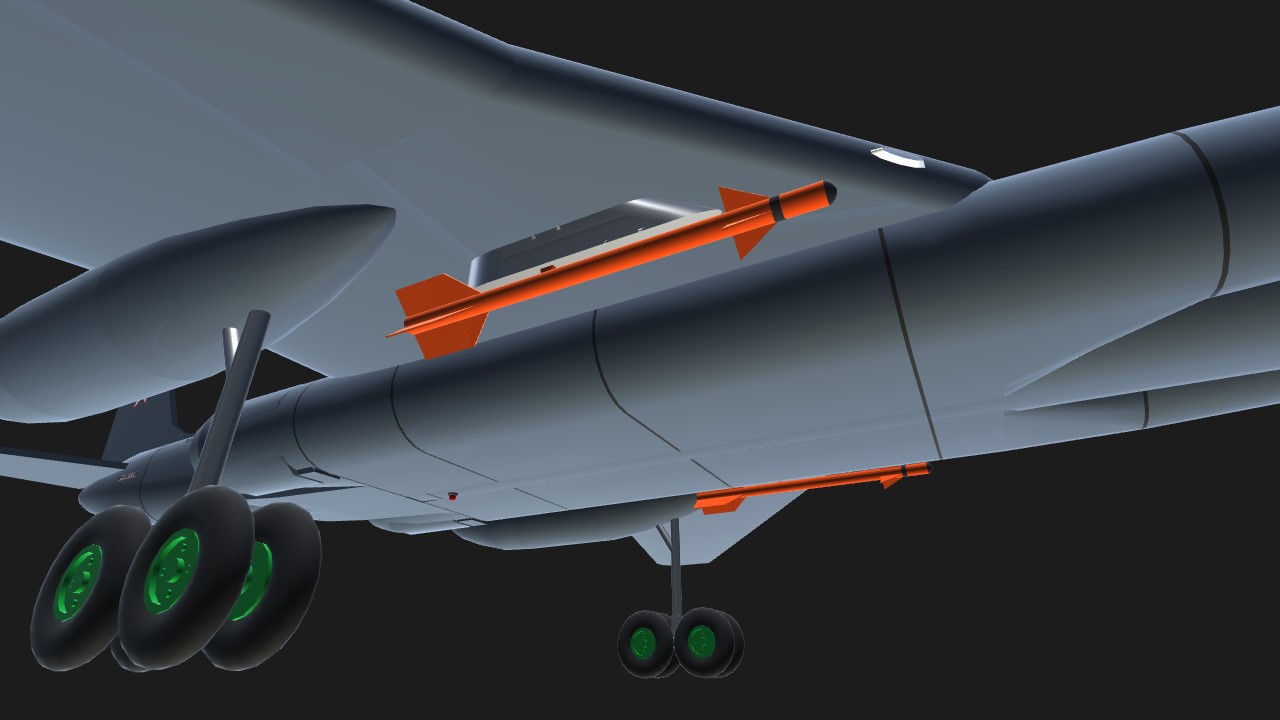
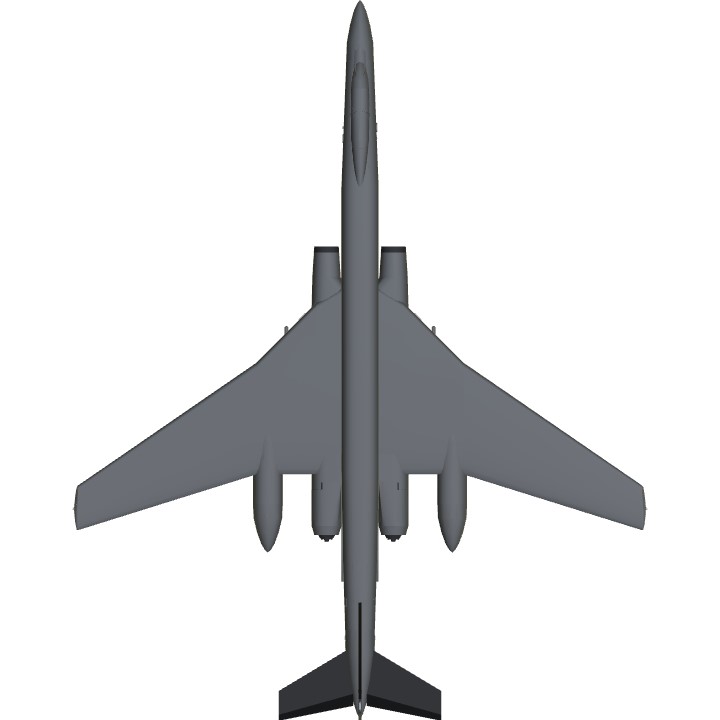
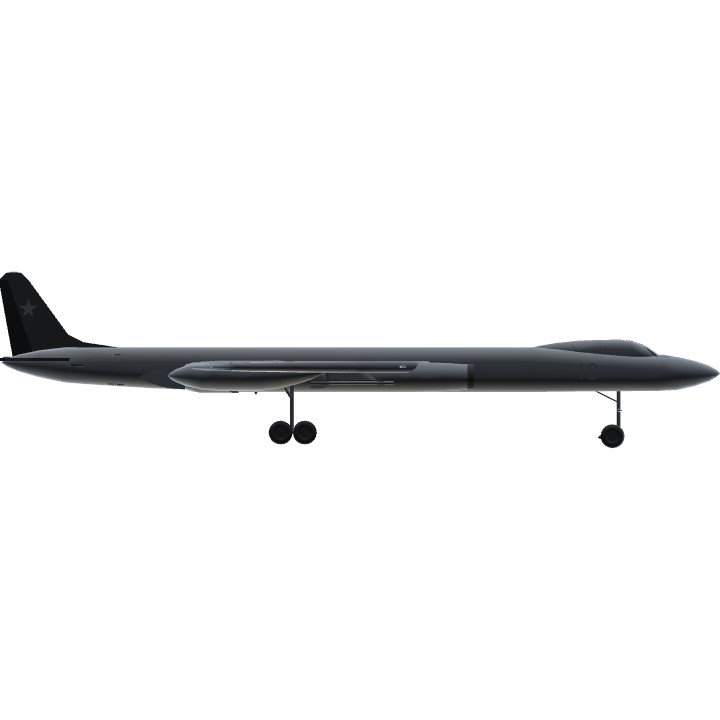
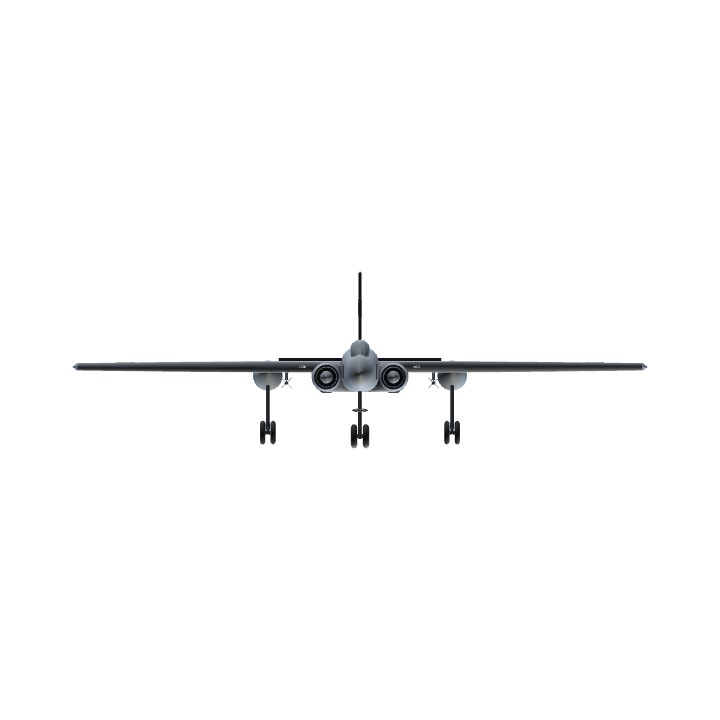
OMG! This Player deserves to be Gold
@AircraftoftheRedStar that is true but there also aren’t too many which have them in general hahaha. I hope someone sees it after the spotlight. This needs more points guys!
Ikr. I though it being very good and expected the upvote count to rival my PBSh-1. Its very rare that you see an aircraft with retractable rockets. @Mustang51
It’s somewhat a crime this has any less than 25 upvotes.
Thank you! @tylerdeveneuxmusic
Thanks man! @Mustang51
Wow you really did your research on this! It’s incredible! Your builds have improved so much since I was last on here. Great job and thanks for introducing me to this (concept) aircraft and I never heard of it before. Wonderful job!
Thank you!
@TheFantasticTyphoon
@11qazxc
Thanks for the upvotes!
@Thelegitpilot13
@randomusername
@FranzPeterSiegfried
Your welcome! After all, you did play a big part in this in my opinion. @Brendorkus
Thank you! @Sgtk
@Aarons123
Wow! Thanks for mentioning me on this!
@AircraftoftheRedStar np
Thanks!
@Trainzo
@Armyguy1534
@Mmdben
Very nice jet . I love it . Great job .
@FranzPeterSiegfried
@Armyguy1534
@Brendorkus
@Mmdben
@Aarons123